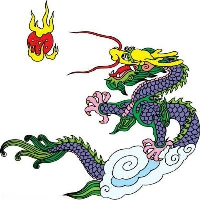One Coke bottle 250g
A 250 ml bottle of Coke is 250 grams. Coke is a dark brown, sweet, caffeinated but non-alcoholic carbonated drink
A bottle of Coke can be divided into 200 ml, 330 ml, 550 ml, 1.12 l, 2.5 l and other specifications according to the packaging size. According to the estimation that 1 milliliter is about equal to 1 gram, the smallest bottle of Coke is about 200 grams, and the rest is generally more than 500 grams. So it is totally wrong to say that a bottle of Coke weighs 10 grams.
How many grams of a Coke bottle
A 250 ml bottle of Coke is 250 grams. Coke is a dark brown, sweet, caffeinated but non-alcoholic carbonated drink. A cola can is about 5g long. It can be made very big, because it is very thin. It's 50 grams. The simplest way is to weigh it electronically A 500ML Coke bottle with zero temperature also has 30g










